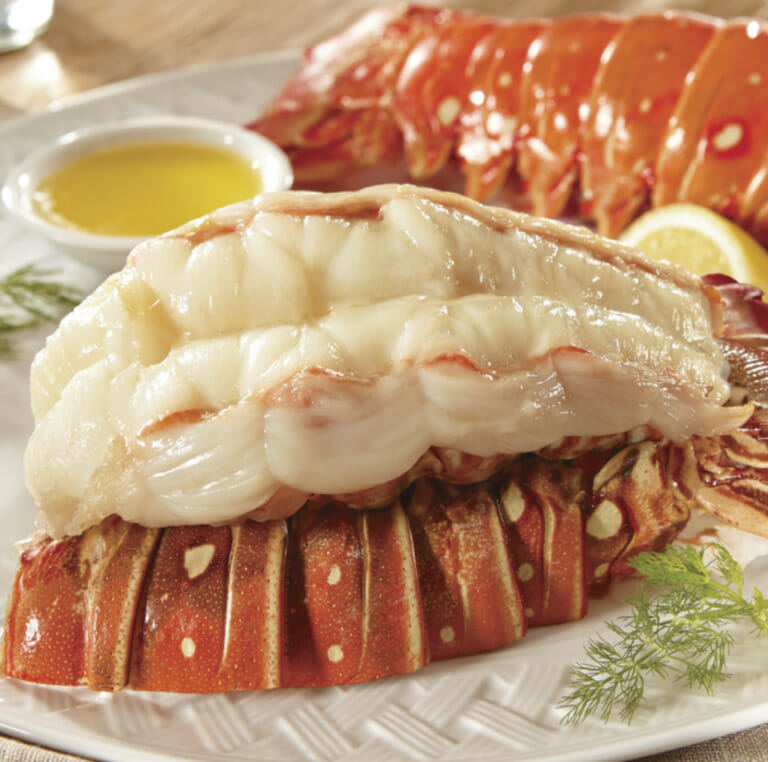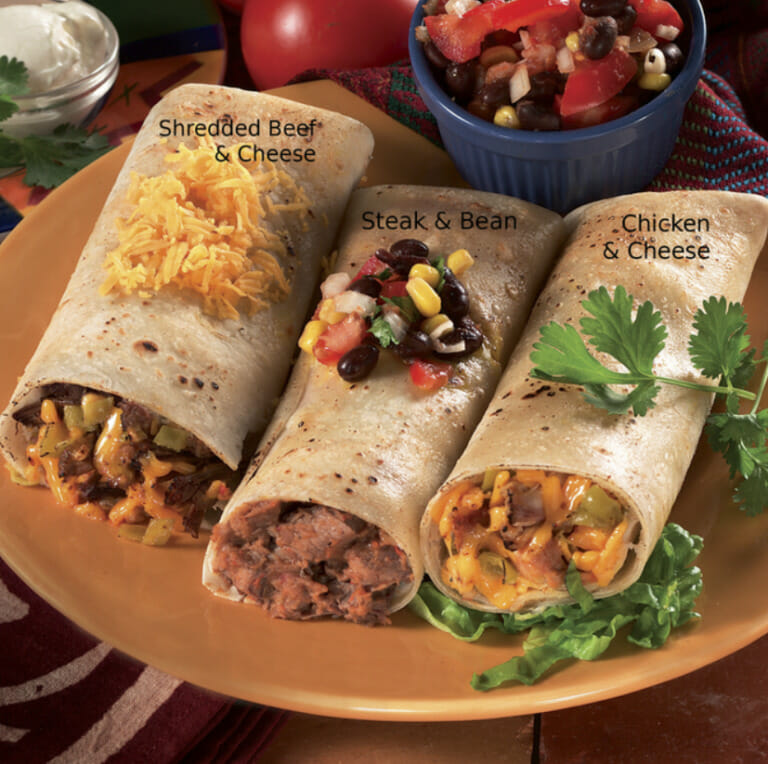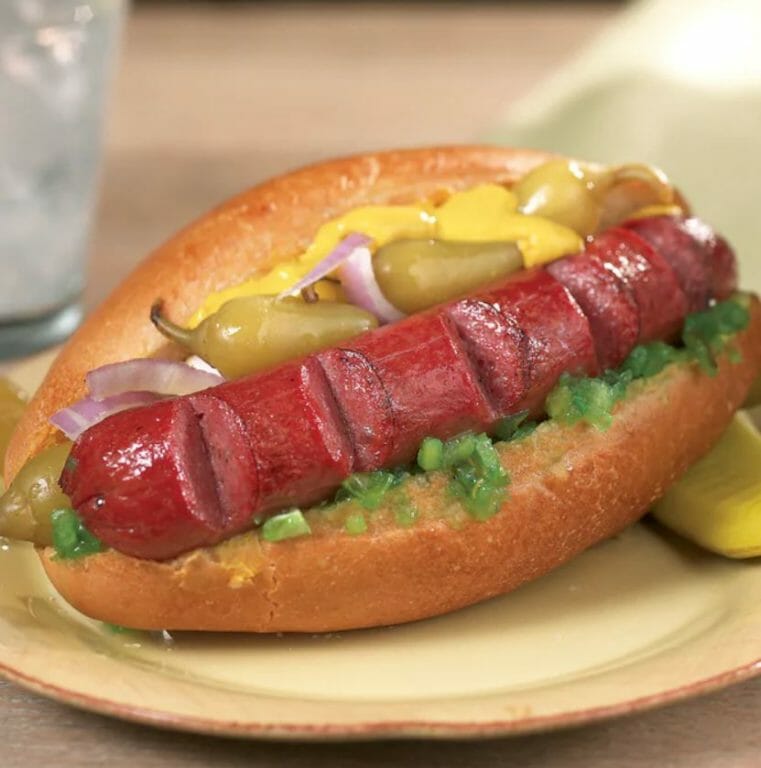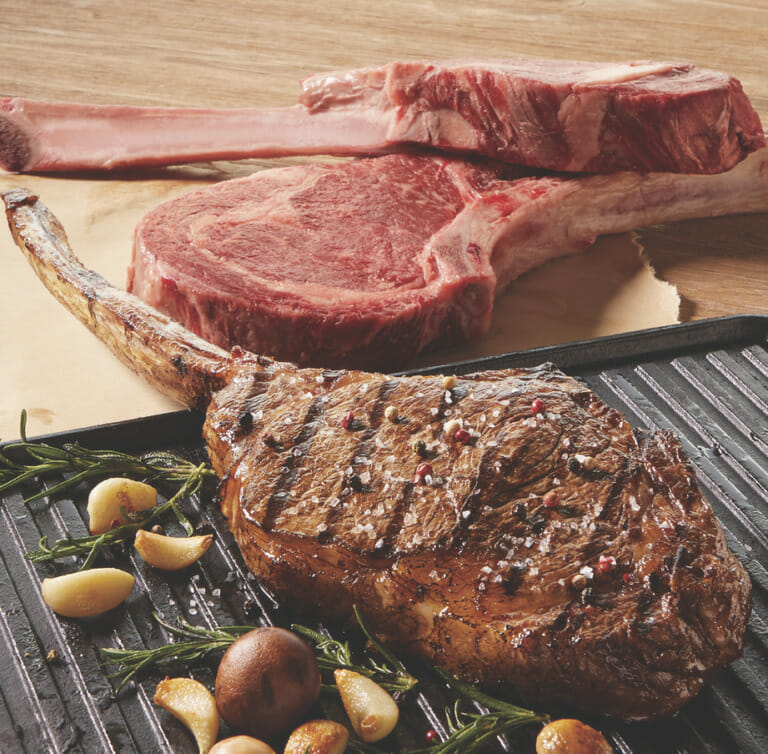Roast on the Grill: Pork, Prime Rib and More
Grilled pork roast? No big deal. Grilled prime rib roast? Easy. If you love grilling, turn off the oven and grill the best roast you’ve ever served!
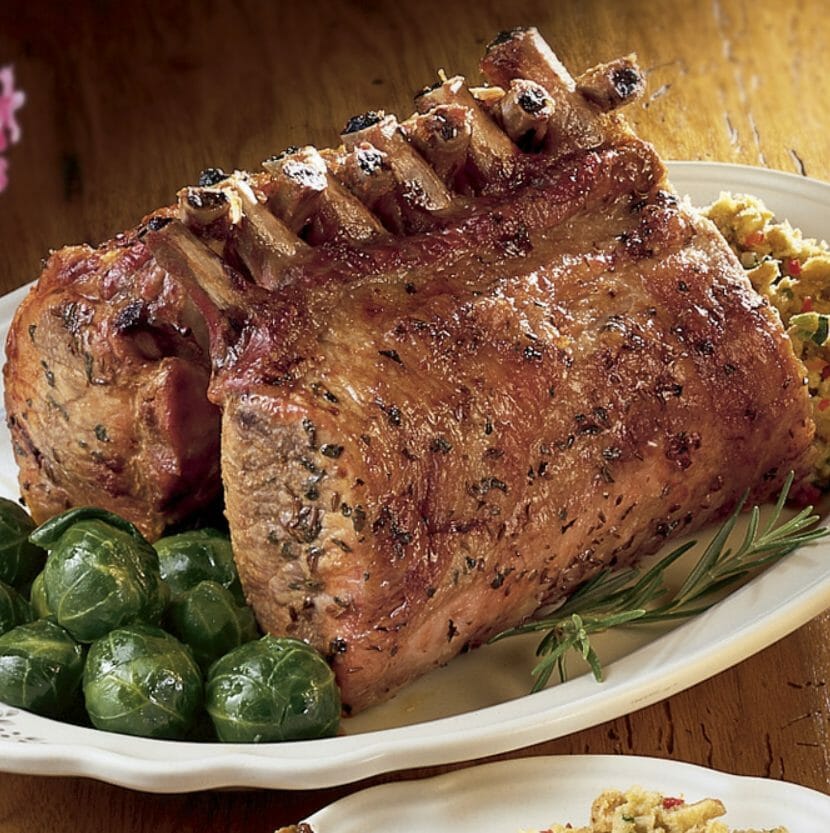
Imagine sitting down to your favorite holiday dinner—say, a nice bone-in prime rib roast—when you notice something’s different. For starters, the kitchen is filled with the familiar aromas of baked squash and a savory casserole, but is missing the hazy presence of seared meat threatening to set off the smoke detectors. Also, the side dishes are piping hot and ready at the same time. That’s different; they usually have to fight for oven space with that mammoth roast. And when the roast is served, it has that unmistakably smoky fragrance that could only have come from…a grill?
Yes, roast on the grill is definitely a thing: not only special-occasion grilled prime rib roast, but grilled pork roast. And once you’ve mastered it, you may not go back to the oven method.
Grilled Pork Roast
Pork is a favorite on the grill, from quick-and-easy pork chops to the Boston butt roasts pitmasters convert to pulled pork after hours of smoking. What we’re talking about here is somewhere in-between: a grilled pork loin roast.
To grill a pork loin roast—or any roast, for that matter—one thing’s for sure: you want indirect heat as we described in Grilling 101. What you’re doing is basically using your grill as an oven. Note also that grill roasting can only be done on a grill that has a lid. It’s also nice—but not necessary—if it has a thermometer to let you know the grill temperature, but the important thing is the temperature of the meat (more on that later).
Grill Roasting Technique & Tips
- Fuel. Make sure you have enough to get the job done; you’ll be grilling longer than usual. Also, if you live in a colder climate and are grilling your roast for the holidays, it may take more fuel to maintain the heat.
- Preheat. Turn all gas burners on high. If using charcoal, light it 20 minutes before cooking. Let the grill temperature reach 500 degrees F.
- Add wood chips (optional). Charcoal grillers may opt out of this one, especially if you’re using good lump hardwood charcoal. Gas grillers can skip it, too, but smoky flavor—and not just from burning fat—is part of why we grill. Soak some wood chips (hickory, mesquite, apple, etc.) in water (or beer or wine) for 30 minutes. If you have a gas grill, you can purchase an inexpensive cast-iron box to put the chips in and set it directly over the hot burner; charcoal grillers can just sprinkle them directly on the coals.
- Create a “cool zone”.
- Gas grill: If your grill has two burners, the choice is easy—turn one off. If you have a three-burner grill, turn one or two burners off, depending on the temperature you want to maintain. If you’re using chips, keep them over the hot burner(s).
- Charcoal grill: Push the coals to one or both sides so food can be grilled without resting directly over the heat source. You can buy special racks that contain the coals on both sides, leaving the center open. This is where you’ll want to place a drip pan under the meat.
- Sear. Place the roast on the “cool zone” while the grate is still very hot so it has a chance to sear. If you’re grilling a tied boneless roast, you don’t want to place it directly over a flame because you can burn the twine. Turn the meat after a few minutes so it gets dark grill marks all over the surface, then close the lid and let it roast, keeping the grill temperature around 300 degrees for a nice, slow roast.
- Rotate your roast. Since one side of the meat is closer to the heat (hey, that rhymes!), you want to turn it now and then for even roasting. Don’t do it too often, though: every time the lid is opened, precious heat (and smoke) escapes. Once every 15 minutes should suffice. And while you have the lid open, now is a good time to…
- Check the temperature. Next to the grill itself, the most important piece of equipment for roasting on the grill is a meat thermometer. An instant-read thermometer is great, but for this purpose a standard meat thermometer will work. Just insert it in the thickest part of the pork roast and leave it there. For a perfectly grilled pork roast, you want an internal temperature of 145 degrees F, with a three-minute rest time afterwards. (A 15-minute rest, tented under aluminum foil, is even better; just make sure it’s at least three minutes.) The rest time is important, since the meat will continue to cook for a while after it’s removed from the heat…and the resting time allows the juices to be redistributed throughout the grilled pork roast.
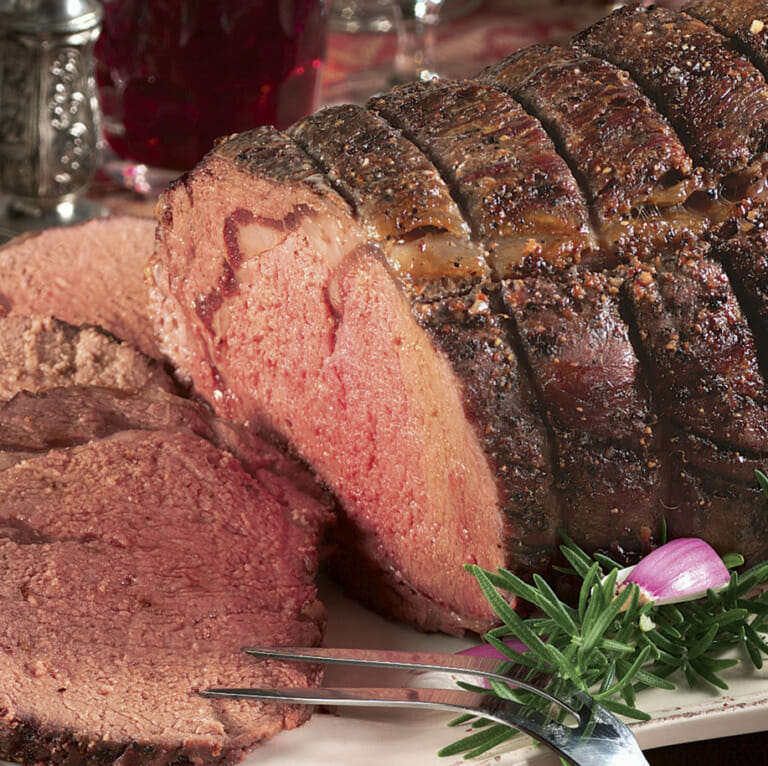
Grilled Prime Rib Roast
If you really want to pull out all the stops and impress dinner guests, there’s nothing like a grilled prime rib roast to deliver that “wow” factor and show them you love them. The fact that this roast is a substantially higher investment shouldn’t scare you; the technique is essentially the same. And if you trust your thermometer, it’s hard to go wrong…though we won’t blame you if you watch it a little more closely. Simply follow the same process above, with the following possible exceptions:
Sear. If you’re doing a bone-in prime rib roast, do not sear the fat side. This does not improve the quality of your roast, and can cause a major flare-up. Just put the roast bone/meat-side down and close the lid.
Temperature. Most people don’t want to cook a premium cut of beef to the temperature they would cook pork. An internal temperature of 130–135 degrees F will yield a medium-rare roast (although the United States Department of Agriculture recommends that whole cuts of meat be cooked to at least 145 degrees and rested for three minutes, so consider yourself warned).
This traditional method of grill roasting will produce great results—but wait…
Remember when we taught you how to reverse sear a steak? Turns out the method that works for large steaks is also perfect for grilling prime rib roast (or chateaubriand, or any other premium beef roast). Note that this is best done on a gas grill, but it is possible—and more complicated—with charcoal.
To reverse-sear your prime rib roast on the grill, simply:
Set up your grill for indirect heat as above and preheat to low (250–300 degrees F).
Place your roast on the cool zone and let it cook until the internal temperature is 10 degrees lower than your desired level of doneness. This may take three hours or so, depending on the size of your roast; a chateaubriand, or tenderloin roast, will take considerably less time.*
Remove the roast and tent with foil to rest for 20 minutes. Meanwhile, crank the grill back up to high (500 degrees). If you’re using charcoal, you’ll need to start another pile of coals in the center of the grill.
When the grill is hot, return the roast to the grill and sear over direct heat on all sides for a couple of minutes per side. (Again, you can skip the fat side.) This is where that instant-read thermometer really comes in handy; be careful not to overcook your masterpiece!
* Note: After slow-roasting, you may decide that searing is not necessary. Most restaurants only slow-roast their prime rib roasts without the extra step of searing. It depends on your personal taste and how deep a brown you want.
See, that’s not so scary, is it? If you’re a first-timer, you may want to try your hand at a grilled pork roast before investing in a premium aged beef roast…but again, if you know your way around a grill, trust your thermometer and watch the process, you’ll be just fine.
